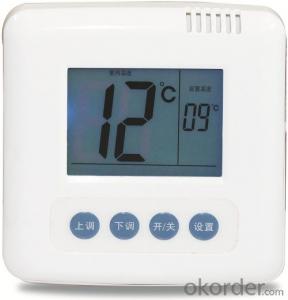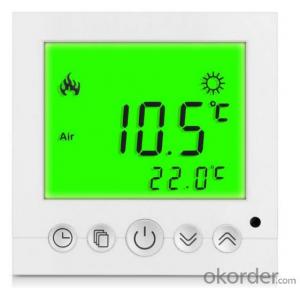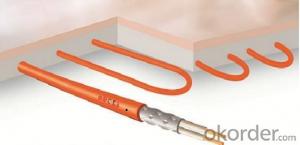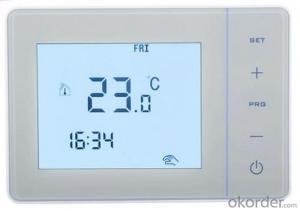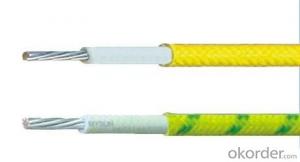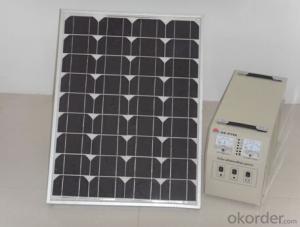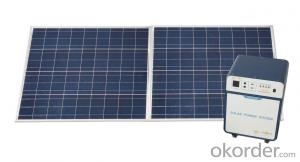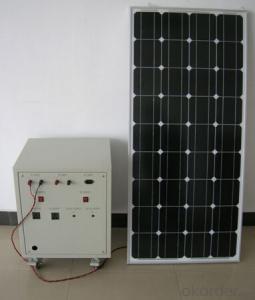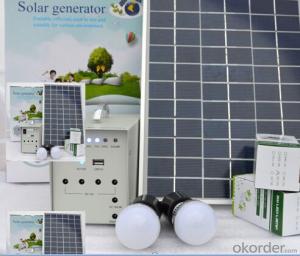10kva Inverter Solar System
10kva Inverter Solar System Related Searches
Primer For Galvanized Steel H S Code For Stainless Steel Wd 40 For Stainless Steel Spray Paint For Stainless Steel Glue For Stainless Steel Step Bit For Stainless Steel Magnets For Stainless Steel Caulking For Stainless Steel Steel Vessels For Kitchen Best Solar Inverter For HomeHot Searches
Steel Mesh Panels For Sale Cheap High Tea Sets For Sale High Density Fiberboard For Sale Solar Hot Water Collectors For Sale Scaffolding For Sale In Uae Scaffolding For Sale In Ireland Scaffolding For Sale In Houston Type Of Inverter For Solar Price Of Shipping Containers For Sale Used Solar Inverter For Sale Portable Led Signs For Sale Stone Hot Water Bottles For Sale Large Led Screens For Sale 1/4 Aluminum Plate For Sale H4 Led Headlight Bulbs For Sale Flexible Solar Cells For Sale Air Pump For Aquarium Price Inverter Size For Solar System Solar Edge Inverter For Sale Aluminum Bar Stock For Sale10kva Inverter Solar System Supplier & Manufacturer from China
Okorder.com is a professional 10kva Inverter Solar System supplier & manufacturer, offers integrated one-stop services including real-time quoting and online cargo tracking. We are funded by CNBM Group, a Fortune 500 enterprise and the largest 10kva Inverter Solar System firm in China.Hot Products
FAQ
- Yes, a solar inverter can work without batteries. In a grid-tied solar system, the inverter converts the DC power generated by the solar panels into AC power, which can be used to power appliances or fed back into the utility grid. Batteries are typically used in off-grid systems to store excess energy for later use, but they are not necessary for the basic function of a solar inverter.
- Yes, it is possible to upgrade an existing solar inverter without replacing the entire system. In many cases, solar inverters can be upgraded by simply replacing the existing inverter with a newer model that offers more advanced features or higher capacity. However, it is important to consult with a professional solar installer to determine the compatibility of the new inverter with your current system and ensure a successful upgrade.
- Yes, a solar inverter can be used with a solar-powered air conditioning system. The solar inverter converts the direct current (DC) electricity generated by the solar panels into alternating current (AC) electricity, which is used to power the air conditioning system. This allows the air conditioning system to run efficiently and effectively using solar energy.
- Installing a solar inverter in a multi-storey building is indeed possible. The process of installation in such a building is similar to that in any other structure. Usually, the solar panels are placed on the rooftop or another open area that allows for maximum sunlight exposure. The solar inverter then converts the DC power generated by the panels into AC power. In a multi-storey building, the solar inverter can be positioned either on the rooftop or in a dedicated room or space on one of the floors. Factors like accessibility, ventilation, and proximity to the solar panels should be considered when deciding where to install it. Compliance with local building codes and regulations is crucial to ensure the inverter is placed in a safe and secure location. Furthermore, proper installation of the wiring and cabling necessary for connecting the solar panels to the inverter is essential. The vertical distance between the panels and the inverter should be taken into account. Additionally, precautions must be taken to prevent any harm or electrical risks during the installation process. By carefully planning and using appropriate installation techniques, a solar inverter can be readily installed in a multi-storey building. This installation will enable the utilization of solar energy and reduce electricity costs for the building's residents or occupants.
- There are several advantages of using a solar inverter. Firstly, solar inverters convert the direct current (DC) generated by solar panels into alternating current (AC), which is the type of electricity used in most homes and businesses. This allows for the seamless integration of solar power into the existing electrical grid. Secondly, solar inverters optimize the performance of solar panels by constantly monitoring and adjusting the voltage and current levels. This ensures that the panels are operating at their maximum power output, resulting in higher energy efficiency and increased electricity production. Moreover, solar inverters enable net metering, which allows excess solar energy to be fed back into the grid, effectively spinning the electricity meter backward. This can lead to significant savings on electricity bills or even generate income through feed-in tariffs. Additionally, solar inverters offer advanced monitoring capabilities, allowing homeowners and system operators to track the energy production and performance of their solar systems in real-time. This data enables better system maintenance, troubleshooting, and optimization. Lastly, solar inverters contribute to a cleaner and more sustainable energy future by reducing dependence on fossil fuels and minimizing greenhouse gas emissions. They play a crucial role in harnessing the power of the sun to generate clean, renewable energy.
- The installation time for a solar inverter can vary depending on several factors such as the complexity of the system, the size of the inverter, the location of installation, and the expertise of the installer. However, on average, it usually takes around 4 to 8 hours to install a solar inverter.
- Solar inverters can encounter various problems, such as failure to turn on, lack of power output, insufficient power output, intermittent power output, or error messages displayed on the inverter. Below are some steps you can take to troubleshoot these issues: 1. Verify the power supply: Ensure that the inverter is properly connected to the power source and that there are no electrical supply problems. Check the circuit breaker or fuse box to ensure it has not been tripped. 2. Inspect the wiring: Examine the wiring connections to ensure they are secure and undamaged. Loose or disconnected wires can cause power issues. If any damage is found, consider seeking the assistance of a professional electrician for repair or replacement. 3. Clean the solar panels: Dust, debris, or shading on the solar panels can reduce power output. Use a soft cloth or hose to clean the panels. If nearby trees or structures cast shade on the panels, consider trimming or removing them if feasible. 4. Check for error messages: If the inverter displays an error message, consult the user manual or manufacturer's website for the error code's meaning and recommended troubleshooting steps. If necessary, contact the manufacturer's customer support for further guidance. 5. Monitor weather conditions: Solar inverters may generate less power during cloudy or overcast days. However, if power output consistently remains low even in ideal weather conditions, there may be an issue with the inverter itself. 6. Reset the inverter: Some inverters offer a reset button or option. Attempt to reset the inverter to its factory settings, but bear in mind that this may erase any customized settings or configurations. 7. Update the firmware: Check if there are any firmware updates available for your specific inverter model. Updating the firmware can sometimes resolve issues and enhance performance. 8. Seek professional consultation: If the above troubleshooting steps do not resolve the issue, it is advisable to contact a professional solar installer or electrician. They possess the expertise and equipment required to diagnose and address more complex problems with solar inverters. Always prioritize safety when troubleshooting electrical equipment. If you are uncertain or uncomfortable with any troubleshooting steps, it is best to seek professional assistance to prevent potential hazards.
- Yes, a solar inverter can be used with battery storage. In fact, it is commonly used in solar energy systems to convert the direct current (DC) power generated by solar panels into alternating current (AC) power that can be used by household appliances or stored in batteries for later use. The solar inverter plays a crucial role in managing the flow of electricity between the solar panels, batteries, and the electrical grid, ensuring efficient energy utilization and storage.
